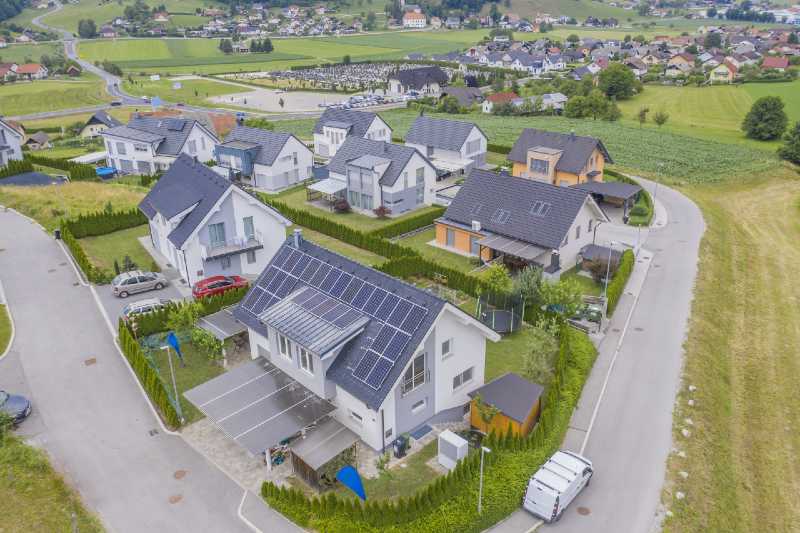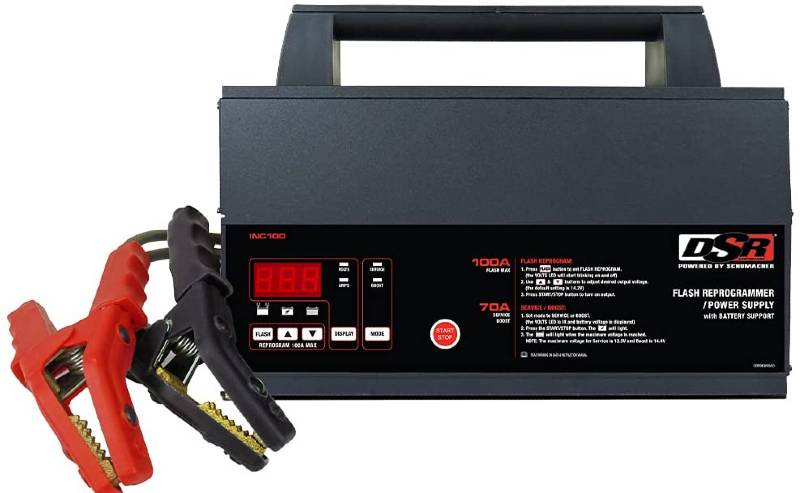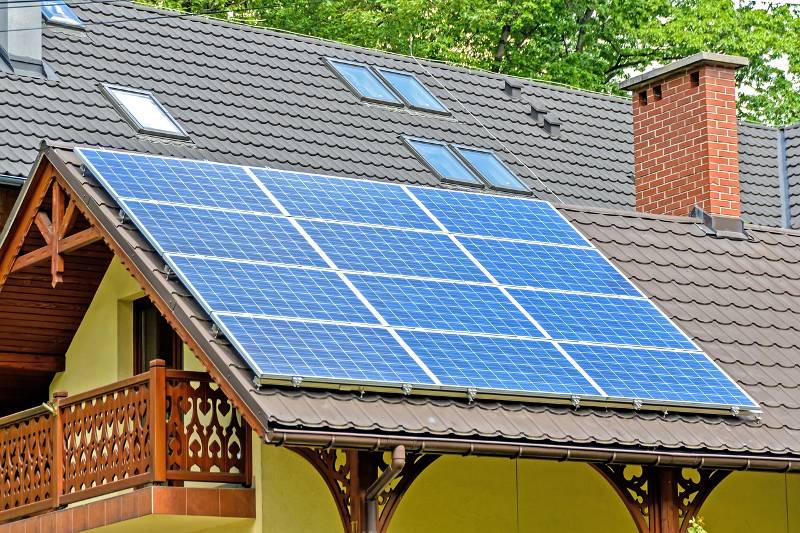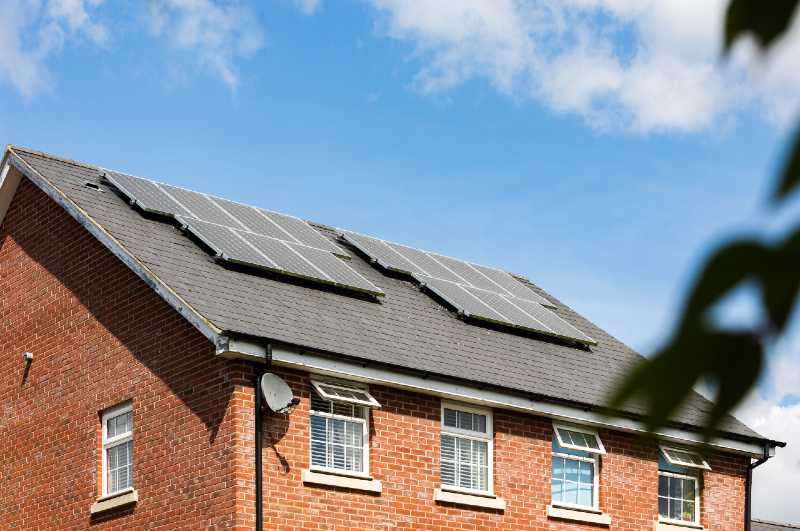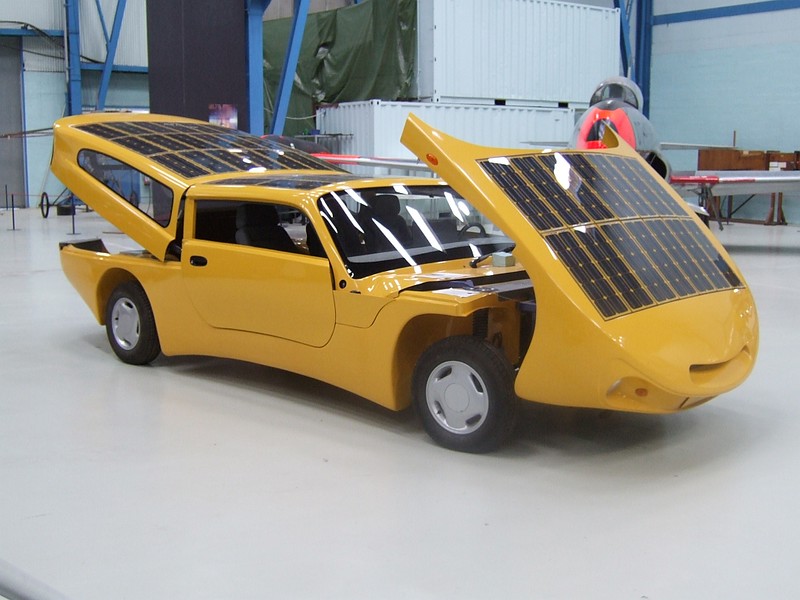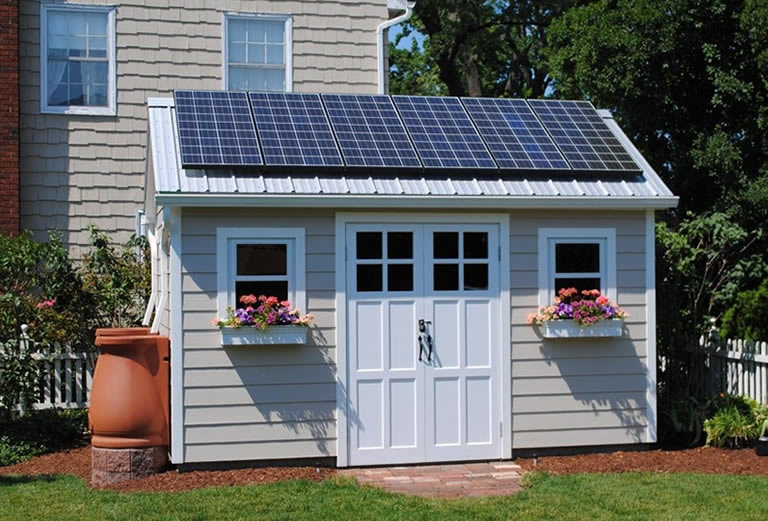Because of the rising electricity costs, many people are looking for cheap alternatives to power their homes.
And there is no better way to reduce your utility bills than investing in a solar system that will pay back for itself within a few years.
But how long will it take for solar panels to payback for themselves?
If you are looking for the short answer, then your solar system will pay for itself within 5-15 years.
However, the payback period depends on 3 main factors:
- Electricity Usage
- System Size
- Geographical Location
And in this article, we will provide you with a step-by-step guide, so you can know exactly know how long does it take for solar panels to pay for themselves without relying on “inaccurate” solar calculators.
But before jumping into it, first you need to understand how can your solar system pay for itself.
How can solar panels payback for themselves?
Solar panels can pay for themselves in 3 ways:
- Reducing your electricity bills: By installing a solar system, you will start generating your own electricity and thus you will no longer need to buy electricity for public utilities, which saves you around $100 each month
- Net metering: Now as you become an energy producer, you can sell this electricity back to your public utilities during peak hours and save more money.
- Solar incentives, rebates, grants, and tax credit: Green energy is the trend nowadays and the government actually got your back with plenty of incentives and grants that will allow you to receive 22% of your solar system cost as federal tax credits.
A step by step guide to calculate an accurate payback period
It’s almost impossible to accurately calculate how fast your system will pay for itself, as there are many variables to consider.
For this reason, in this section, we will help you to calculate the payback period step by step
Step 1: Calculate your average monthly electricity usage
The easiest way to do so is to take a look at your most recent monthly energy bills and calculate their average.
Note: You need to consider electricity usage during different seasons. For instance, most people use more electricity during summer months.
Related article: How to read your electricity bill
Step 2: Size your system
After figuring out how much electricity does your house use.
Now, it’s time to size your system.
PVWatts is a tool created by the NREL that will provide you with a pretty accurate estimation of how much electricity a solar array will produce throughout the year by using weather data.
All you need to do is to enter your:
- Home address
- Roof slope
- Azimuth
- kWh rate
And the tool will automatically tell you the expected kWh/Year output of your system.
Here is how the results look for a standard 4-kW solar panel system:

Now, all you need to do is to use this simple equation:

For instance, let’s assume your home use around 10,000 kWh/Year (yearly electricity usage).
By using PVWatts we know now that a 4-kW solar system in my area will produce around 5,628 kWh/Year.
This means that a 1-kW system will produce about 1407 kWh/Year (yearly electricity produced by a 1-kW system)

So, to go totally off-grid, I need to buy a 7.1 kW or 7100 Watt solar system.
The average cost of solar in the U.S. is $2.91 per watt, which means that the solar panels will cost me around $20,661 (2.91 x 7100).
Note: You don’t have to go totally off-grid, in fact, many people opt for small 1 or 2-kW grid-tied solar systems to reduce their electricity bills.
Step 3: Search renewable incentives in your state
In addition to the 22% federal tax credit, many states offer renewable incentives such as solar rebates, and many performance-based incentives that will help to reduce your system cost even more.
So, even if you only qualify for the federal tax credit incentive, your $20,661 solar panels system will only cost you around $16,115.
Related article: Database of state incentives for renewables and efficiency
Step 4: Calculate the payback period
The payback period is how long will it take to completely pay off your solar panel cost and reach the breakeven point.
You can easily calculate it by using this simple equation:

For instance, let’s assume you bought a $15,000 solar system (initial cost).
Buying a solar system will qualify you for a 22% tax break, so you save $3,300 (incentives).
An average $15,000 solar system will reduce your electricity bill by $1,500 a year (yearly electricity savings)

So, it will only take around 8 years to fully pay off your solar panels cost, that’s without calculating the rising electricity costs as the higher the kWh is, the more you save.
Also, the average solar system has a lifespan of 25-30 years and most solar installers will provide you with up to 20 years performance warranty.
This means that you will enjoy around 12-22 years of FREE ELECTRICITY resulting in more than $25,000 of NET PROFIT.
Further, studies showed that installing solar panels won’t only save you tons of money, but it will also increase your property value by 4.1%.
Related article: Advantages and disadvantages of solar energy in 2021
Other factors to consider
1. Increase in electricity rates over time
According to the EIA, residential electricity prices have increased by 15% in the past decade and it’s only expected to get even higher.
Luckily, investing in a solar system will protect you from the rising electricity costs, in fact, the higher the electricity cost is, the more money you save.
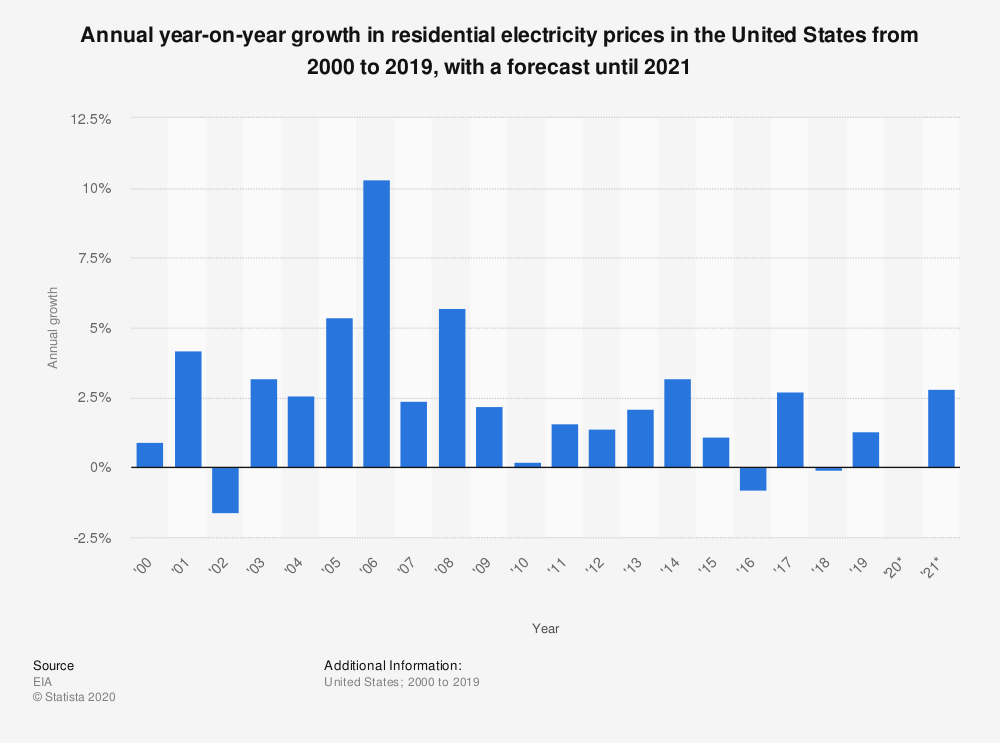
2. Solar panel degradation
Solar panel degradation rate is the yearly energy production loss. In other words, it’s an indicator of how effective your system will be in 10, 20, or 30 years.
Most solar panels have a degradation rate of around 0.5%/Year.
For instance, let’s assume we have a 6-kW solar system that produces 10,000 kWh/Year with a 0.5% degradation rate.
This means that in 10 years your system will lose 5% of its total power output. In other words, your system will only produce 9,500 kWh (10,000 – 5% x 10,000).
Last Words
Solar energy isn’t only good for the environment, in fact, it’s a great passive investment that will pay back for itself within a few years, save you tons of money, and increase your property value.
So what are you waiting for?

